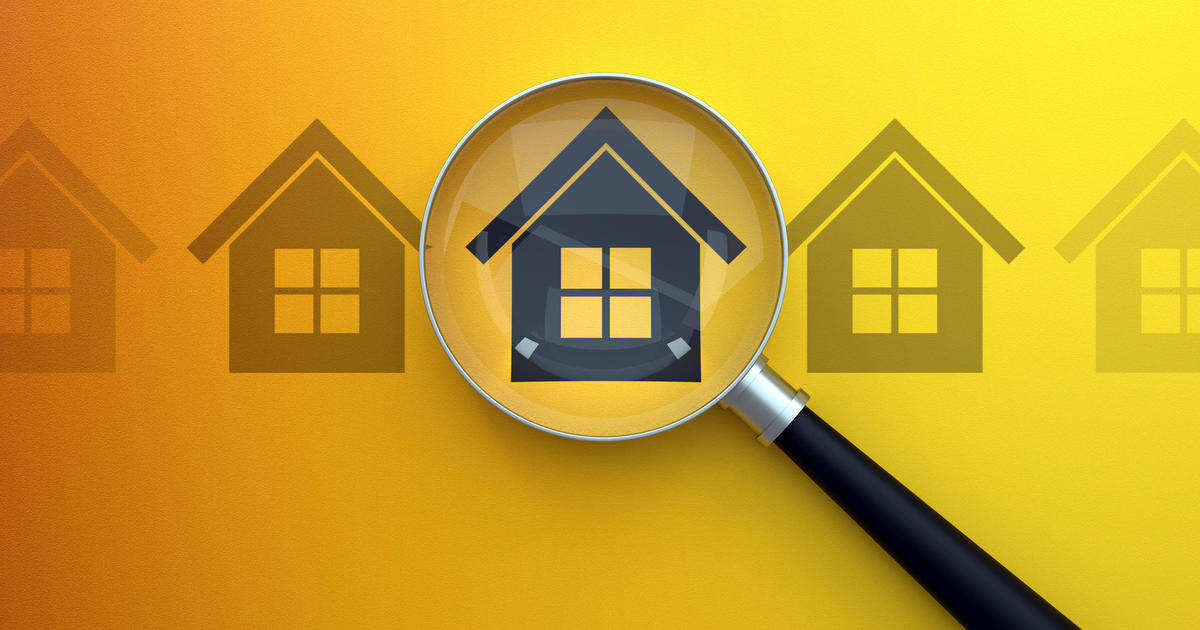Rent or buy a home? It all depends on location
Looking for a price-friendly American city in which to buy your family home? Steer clear of California, suggests a new study by online life insurance agency Haven Life. Home prices are so high in the Golden State that its housing market is heavily skewed in favor of renters. Instead, try the more reasonably priced markets in the South and Midwest.
Most potential homebuyers already know many West Coast areas, such as Silicon Valley, are out of reach. But the survey by Haven Life, which sells term life insurance and is backed by major insurance company MassMutual, shows that most of the Golden State is also a sort of "gold" standard in real estate, securing 18 of the top 25 spots on Haven's price-to-rent ratio list.
"An overwhelming proportion of cities with the highest price-to-rent ratios are in California, none of which have ratios considered favorable to buyers," said Marketing Director Brittney Burgett of Haven Life, one of whose missions is to help prospective buyers with this tough decision.
The price-to-rent ratio is a yardstick online real estate listing companies like Trulia use to compare the costs if you buy rather than pay rent on a somewhat similar property. The metric looks at home prices versus annualized rents in a given location.
The nation's most unaligned area for buyers is Sunnyvale, California, a town located on San Francisco Bay, where the median home price listing is $1.4 million. In contrast, a two-bedroom apartment can be leased for a comparatively "modest" $3,741 a month.
Overall, the Western U.S. outpaced the East by a wide margin, with three other left coast cities, along with Honolulu, making the cut in terms of the price-to-rent ratio. Only three East Coast metro areas -- New York City, Boston and Arlington, Virginia -- were included in the top 25 of high home prices compared to rents.
By contrast, the Midwest and South were much more favorable to buyers than renters, with Cleveland taking the top spot. The median home price listing there was slightly more than $70,000, and the comparable rental price was $825 per month.
The initial costs of homebuying are higher, including mortgage principal and interest, property taxes, closing costs and other monies that could be saved and invested if renting. But there's an eventual "break-even" point after which homeowners come out ahead because renters don't build equity, but simply get a roof over their heads along with a few amenities.
Haven Life used Trulia's price-to-rent ratio of 15, in which under 15 indicates it's better to buy, and over 15 shows it's smarter to rent. Then the insurer compared 200 of the most populous cities around the country, using the most up-to-date data from Zillow.
But this logic has a few wrinkles. The first one is that Zillow prices aren't always accurate. Its valuation models are sometimes thrown out by county and local property tax assessors, who demand exact duplicates from homeowners challenging their tax assessment. Zillow's predicted values can also be "wildly inaccurate and inconsistent," said Vice President David Howell of McEnearney Associates, a Northern Virginia real estate firm, and at the very least can be off by 5 percent.
Another problem is the fluctuation in home values versus other investments, such as stocks and bonds. This can be perplexing to potential homebuyers trying figure out where to put their money for the long term because interest rates play a key part in this equation.
A price-to-rent ratio that becomes too high in any one direction, such as home prices, can be an indication that a crash is imminent. According to Investopedia, "The ratio increased dramatically leading up to the 2008-2009 housing market crash. This was the red flag of the housing bubble."
In part, that collapse was responsible for the current housing crisis in places like California because the homebuilding market hasn't yet caught up with demand. The resulting shortage caused housing prices to rise more than rents in most areas. Home prices nationally were up more than 6 percent in the last year, compared with the average rent increase of only about 2 percent, according to RENTCafé, a level that's just slightly less than the Consumer Price Index.
It should come as no surprise that the worst disparity between owning and renting is found in California. Fueled by the high-tech industry and scads of multimillionaires, it has the fifth-largest economy in the world, surpassing the U.K. But at the same time, the Golden State has a quarter of the nation's homeless population. For more than 100,000 people "even the rent is too damn high," said Ben Metcalf, the director of the state's department of Housing and Community Development.
Still, in many parts of the country the rent-to-ownership ratio looks relatively good, but they're often in smaller cities like Joliet, Illinois, and Warren, Michigan. Earning a six-figure income may be tough for those living in such places.



